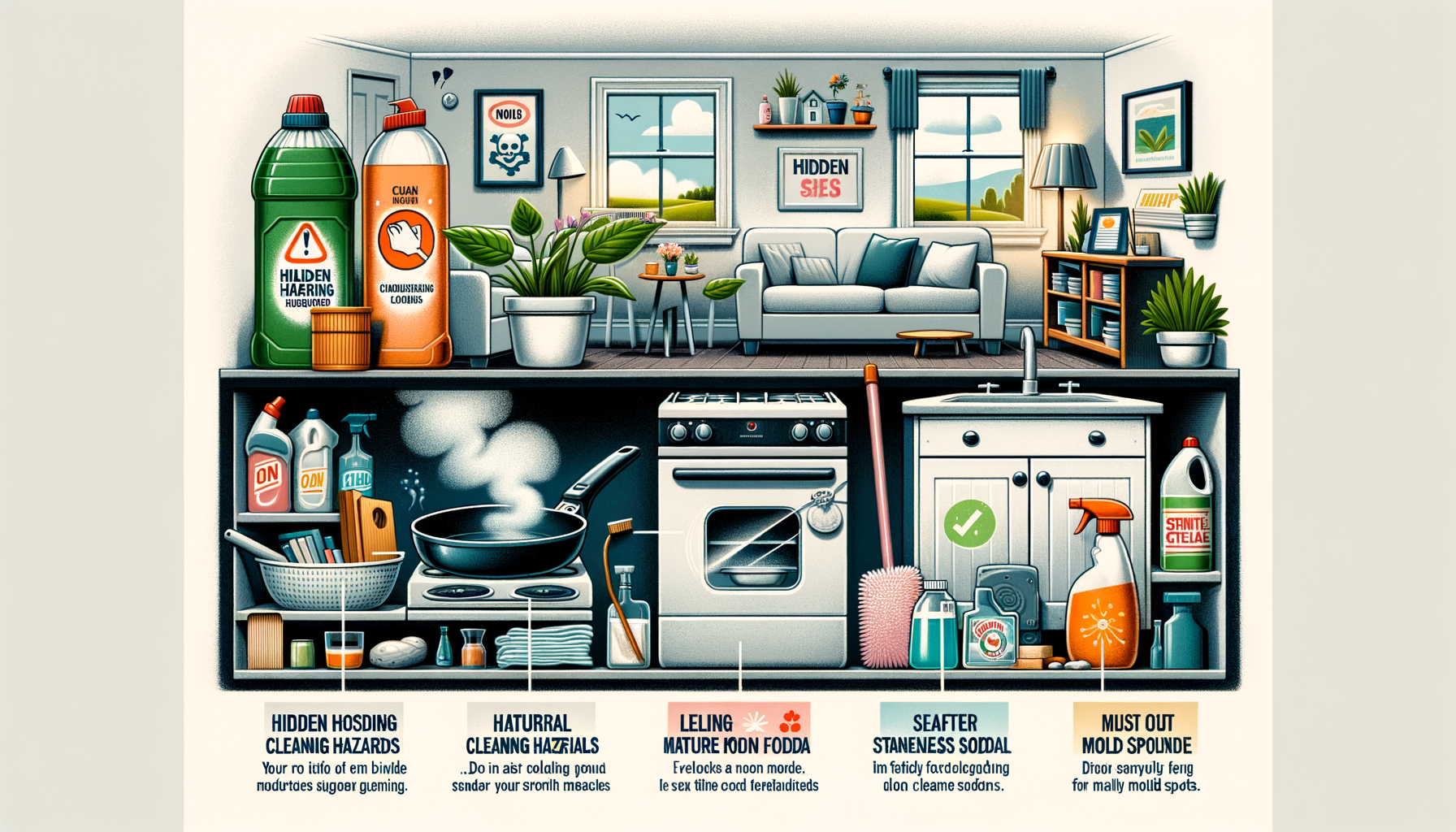Unmasking Hidden Hazards: Everyday Household Items That Could Be Making You Sick

Our homes are our sanctuaries, but did you know that some common household items might actually pose health risks? Many of these everyday items can release toxins or harbor harmful bacteria, which can lead to illnesses. Let’s explore some of the usual suspects lurking in our homes and discuss how we can minimize their impact on our health.
Starting with cleaning products, many people are unaware that their favorite household cleaners might contain harmful chemicals such as ammonia and bleach. These chemicals can emit volatile organic compounds (VOCs) that might irritate the respiratory system when inhaled. While it’s essential to maintain hygiene, consider swapping out products for natural cleaning solutions, such as vinegar or baking soda, which are effective yet much friendlier to your lungs.
Next, let’s talk about a hidden culprit: mold. Molds are often present in damp areas like bathrooms or basements, and they can spread quickly if unnoticed. Mold can cause allergic reactions and exacerbate asthma symptoms. To keep mold at bay, it’s crucial to manage humidity levels and ensure proper ventilation. Regularly checking and maintaining areas prone to moisture can also help in preventing mold accumulation.
Beyond mold, let’s consider the potential dangers of dust. Dust accumulation doesn’t just make your home look untidy; it can also be a magnet for dust mites, which are common asthma and allergy triggers. Routine cleaning, including vacuuming with a HEPA filter and using microfiber cloths for dusting, can significantly reduce dust levels.
Moreover, while air fresheners can make our homes smell delightful, they can also contribute to poor indoor air quality. Many air fresheners contain phthalates and other chemicals that can aggravate respiratory conditions or cause headaches. Opt for natural alternatives such as essential oils or simply ventilate your home to keep the air fresh without the added chemicals.
Another item to be cautious about is non-stick cookware. Pans coated with polytetrafluoroethylene (PTFE) can release harmful fumes if overheated. Consider investing in stainless steel or cast iron cookware, which are safer options and equally versatile in the kitchen.
Let’s not overlook old furniture or painted walls that may contain lead. This is especially a concern in older homes. Lead exposure is harmful, particularly to children, and can result in developmental issues. Conducting lead tests and using lead-safe practices during renovations can mitigate these risks.
Lastly, it’s worth mentioning that not all plastics are created equal. Some contain Bisphenol A (BPA), a chemical linked to various health issues. To reduce potential exposure, look for BPA-free products, avoid heating food in plastic containers, and prefer glass or stainless steel alternatives.
By staying informed about these common household risks and adopting safer alternatives, you can help create a healthier living environment for you and your family. Making a few conscious changes can go a long way in ensuring your sanctuary truly supports your well-being.
